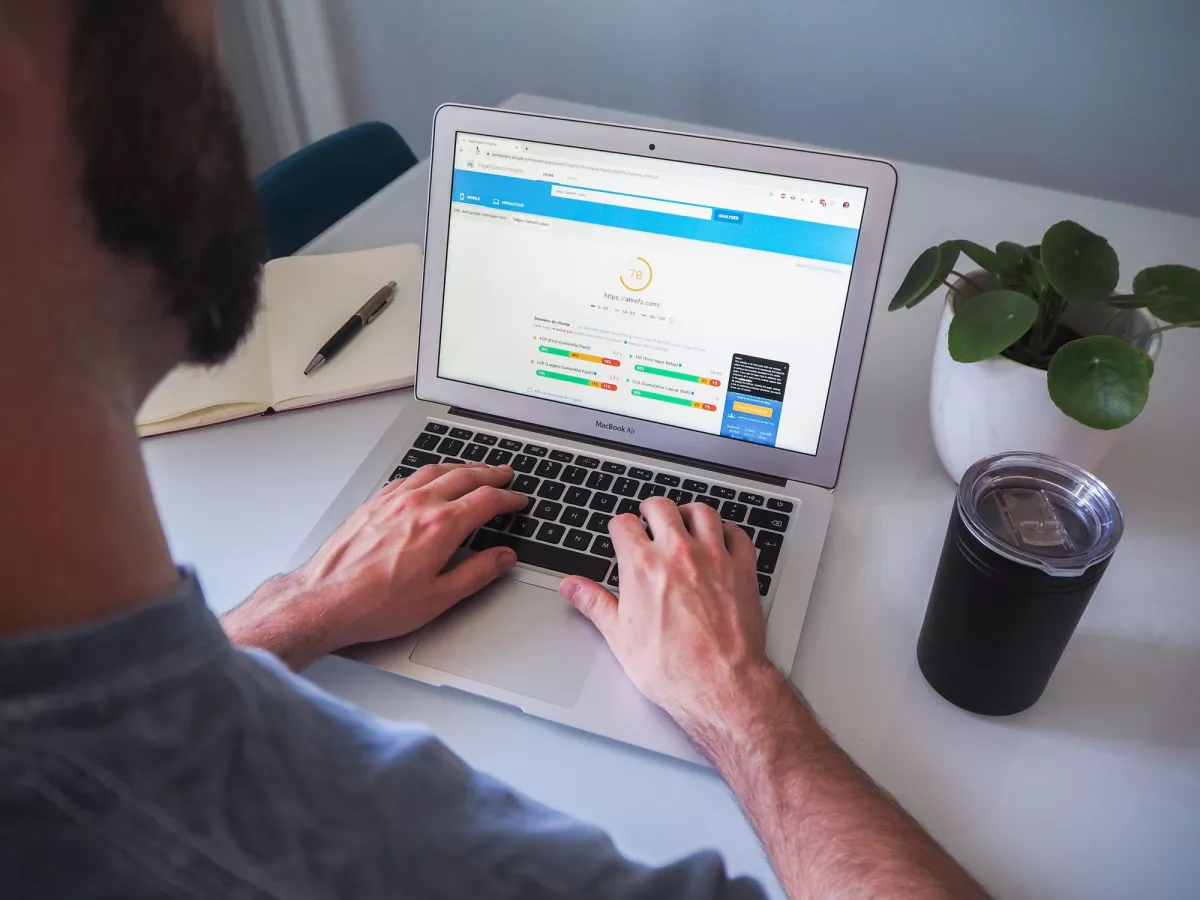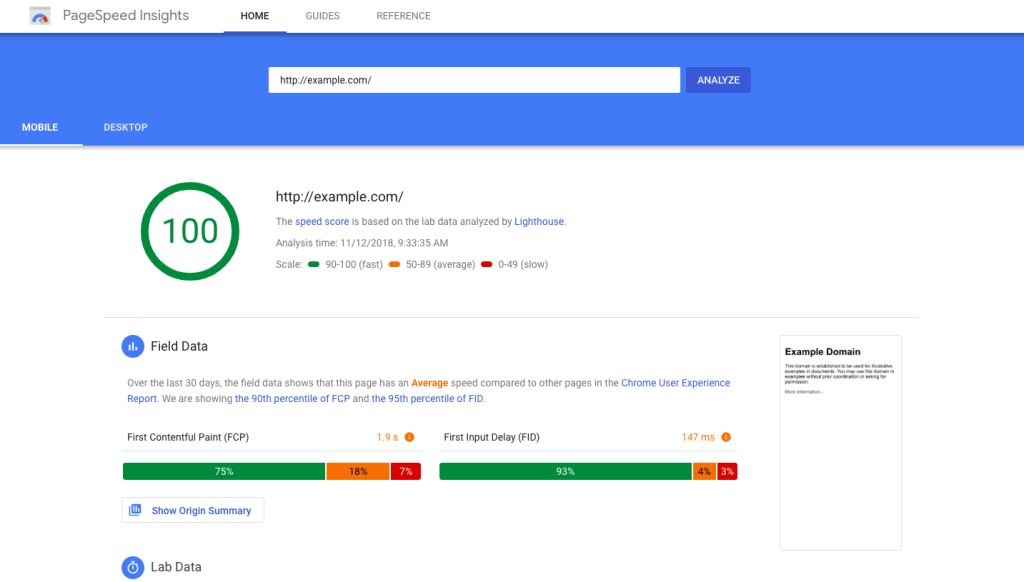Understanding Google's PageSpeed Insights

Whether you’re a site owner or a web developer, Google PageSpeed Insights should be important to you. Once understood correctly, PageSpeed Insights can be used to measure different aspects of your site's user experience and can even help you improve overall performance.
Google PageSpeed Insights have been around for a number of years, however recently we’ve noticed more and more people obsessing over their site score, trying to achieve 100 / 100. Our comprehensive guide covers the basics of Google PageSpeed Insights and why you need a fast page speed.
What Is Google PageSpeed Insights?
If your page is slow to load, pinpointing the cause can often be a challenge. Whilst some causes such as text and images may be noticeable, issues in the background with Javascript and redirects aren’t always so easy to spot.
This is where Google PageSpeed Insights comes in.
Google PageSpeed Insights is a free tool that can measure and improve your sites performance across both desktop and mobile devices. By entering your website URL, the tool will analyse your site by running a Lighthouse audit on the time taken to load above the fold and the full page. Google PageSpeed Insights will then provide you with a performance score and give you suggestions on exactly how to improve it.
Performance scores are divided into 3 main categories:
Good (green) - 90 and above
Needs improvement (orange) - 50-90
Poor (red) - below 50
Improving Your Google PageSpeed Insights Score
There are many ways in which you can improve your Google PageSpeed Insights score, including:
Avoiding too many redirects
Enabling compression
Removing unnecessary Javascript
Prioritising content above the fold
Improving hosting
Optimising images
Why Does Page Speed Matter?
You may be wondering why you need to pay attention to page speed. There are 3 main areas page speed can affect:
1 - SEO Performance
Google’s organic search results ranking is based on an algorithm, made up of a number of factors one of which is page speed. Starting from May 2021 page speed is going to become even more closely related to SEO performance due to core web vitals included in the new page experience ranking factor.
2 - User Experience
Poor user experience = high bounce rate. Most web users have a relatively short attention span, especially when you consider how many times you have abandoned a site because it took too long to load. If your site is slow to load, many of your potential customers aren’t going to stick around and wait, leaving you with a high bounce rate and limited conversions.
3 - Google Ads Performance
In July 2018 mobile page speed became a direct ranking factor for Google ads; affecting the overall quality score of your ads and how much you spend. The slower the page, the lower the quality score and the higher your cost-per-click.
Whilst improving page speed can reduce how much you spend on your Google ads, you may also be able to save money further through the use of Click Guardian.
Start your free 7 day trial now!
